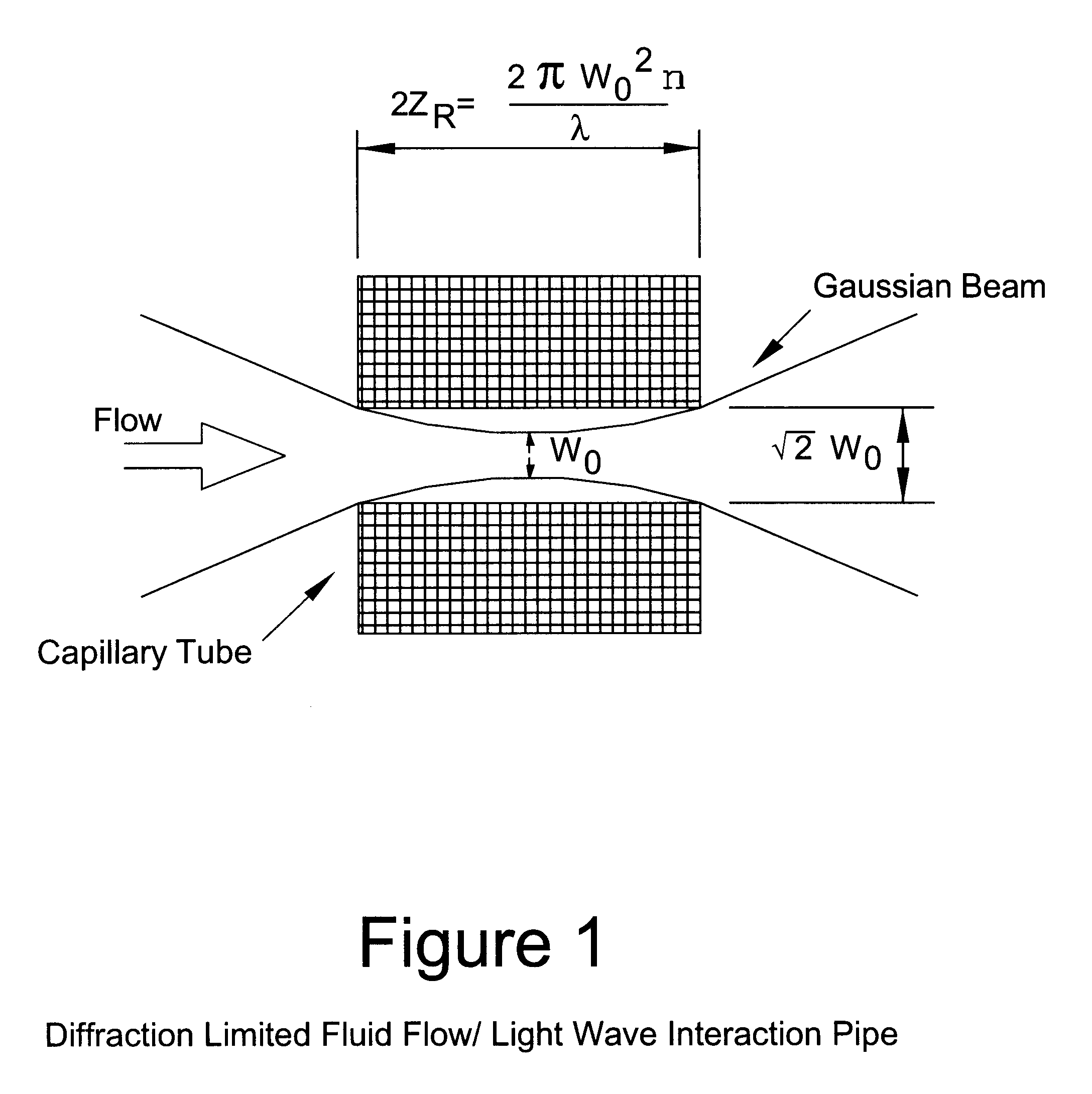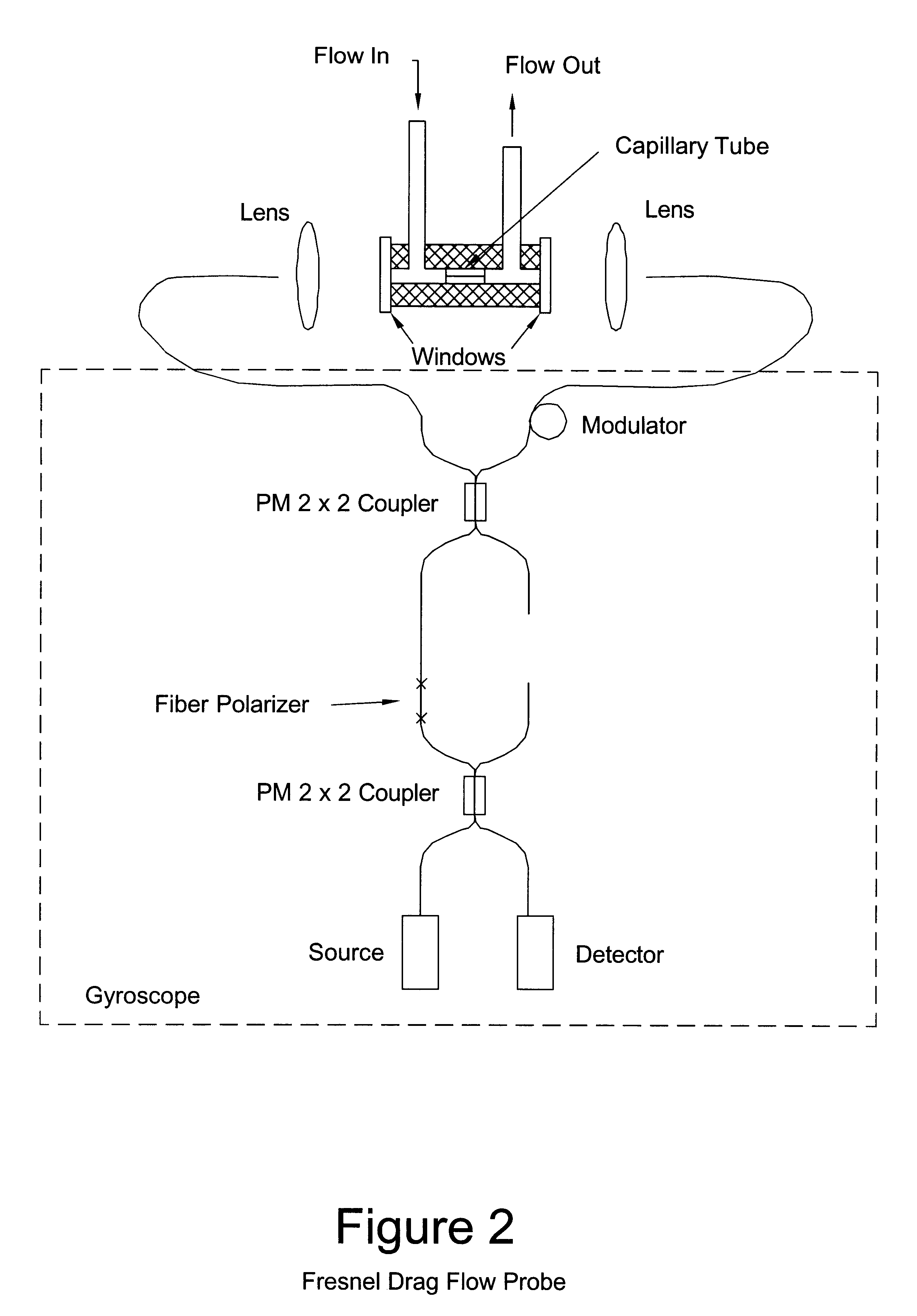Fiber optic alignment system and method
a fiber optic and alignment system technology, applied in the direction of instruments, liquid/fluent solid measurement, investigating moving fluids/granular solids, etc., can solve the problem of excessively delicate alignment requirements to achieve this
- Summary
- Abstract
- Description
- Claims
- Application Information
AI Technical Summary
Benefits of technology
Problems solved by technology
Method used
Image
Examples
Embodiment Construction
We start with the equation describing the Gaussian distribution of the fiber mode in the plane of the fiber facet.
E(r o.multidot.y.sup.o)=ea[(x.sup.o -to)2+(y.sup.o -yo)2] (A.1)
Before we apply the Fourier optics rules to calculate the field distributions at different distances z. as the light propagates, let us first check if we can apply the far field assumption, to our system. The field distribution E.sub.lens in the plane of the lens can be considered the far field if the distance from the fiber to the lens is greater than ##EQU8##
where .lambda. is the wavelength, and d is the diameter of the fiber core. For typical values used in practice, .lambda.=0.8 .mu.and d=10 .mu.m. this distance is equal to 0.4 mmm. which is much smaller that the local length of the lens f.about.5 mm. Therefore the distance from the fiber tip to the lens can be considered as the far field and the field distribution on the lens is the Fourier transform of the field described by equation. A1. The upper inde...
PUM
 Login to View More
Login to View More Abstract
Description
Claims
Application Information
 Login to View More
Login to View More - R&D
- Intellectual Property
- Life Sciences
- Materials
- Tech Scout
- Unparalleled Data Quality
- Higher Quality Content
- 60% Fewer Hallucinations
Browse by: Latest US Patents, China's latest patents, Technical Efficacy Thesaurus, Application Domain, Technology Topic, Popular Technical Reports.
© 2025 PatSnap. All rights reserved.Legal|Privacy policy|Modern Slavery Act Transparency Statement|Sitemap|About US| Contact US: help@patsnap.com



